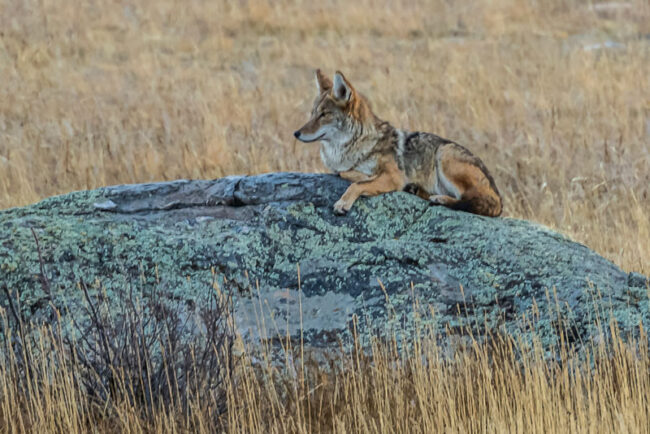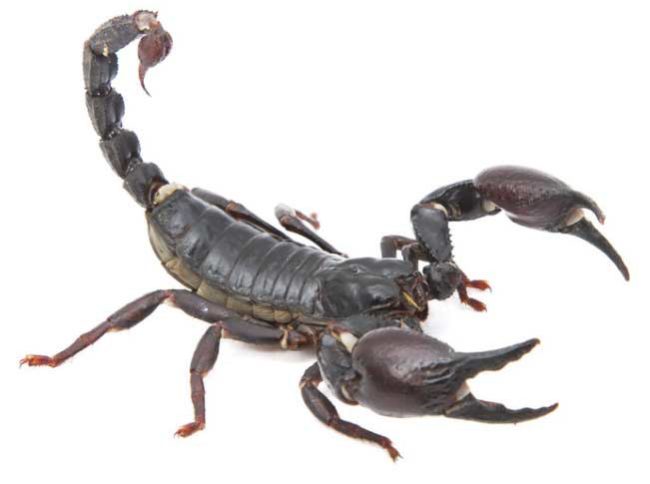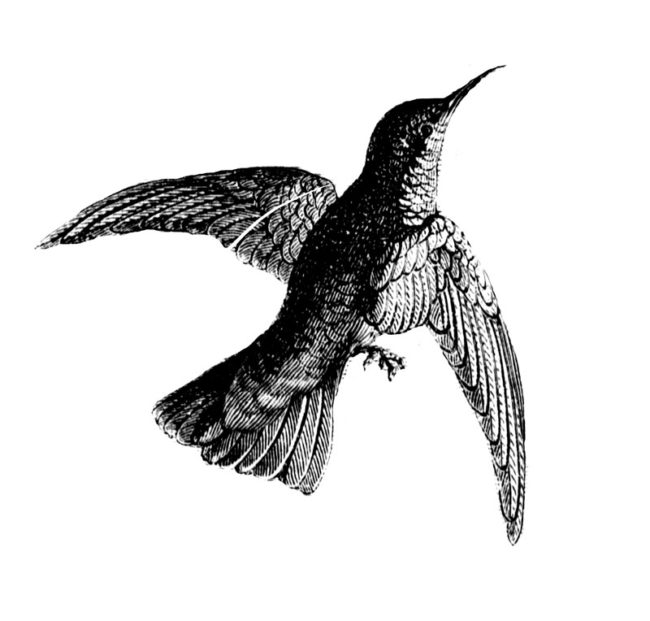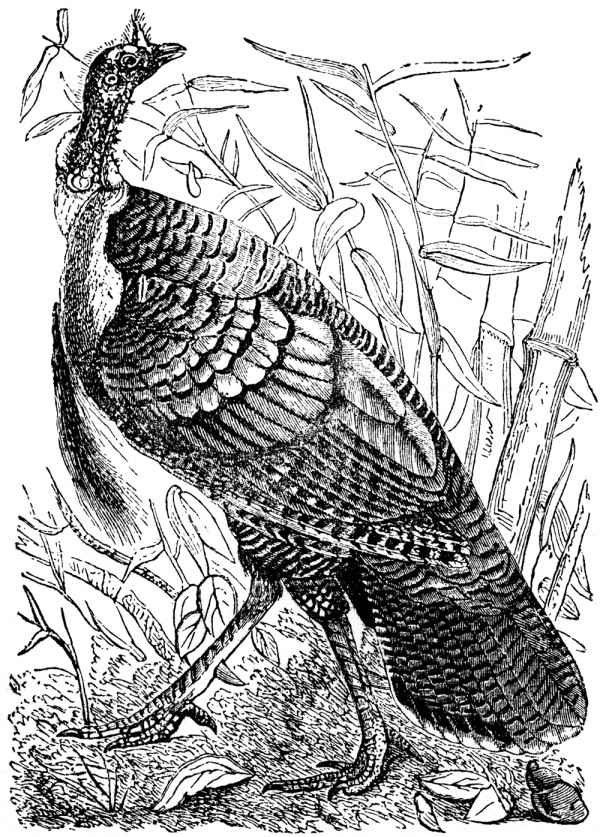By Tina Mitchell In 1961, I was a 10-year-old kid in the suburbs of Chicago and Walt Disney had me smack dab in his sights. “The Wonderful World of Disney” had become “must see TV” every Sunday evening in my house. With “Bambi,” he had brought wildfire to life (and, rightly or wrongly, mother-killing hunters to scourge). Thanks to “Lady and the Tramp,” I developed a deep distrust of dogcatchers. I’d never seen a coyote in the wild. But I was about to become a fierce coyote advocate. The coyote is a member of the Canis genus roughly the size…





